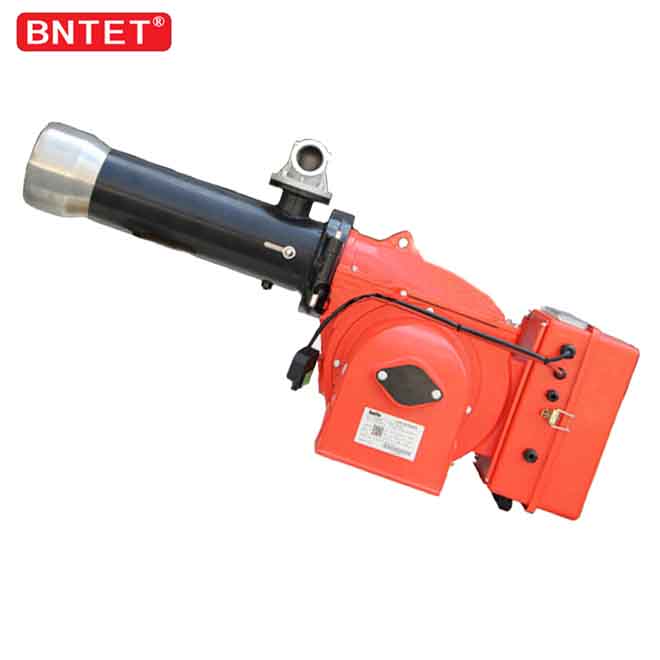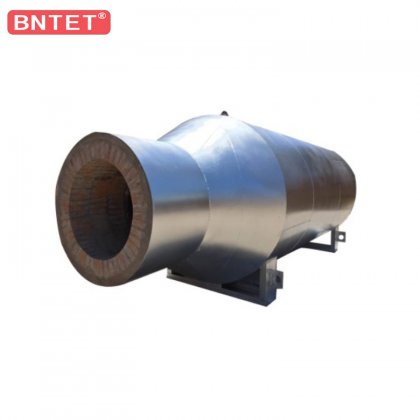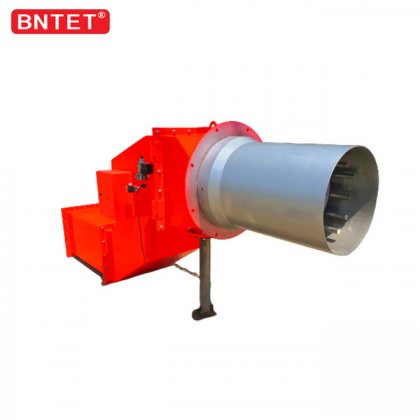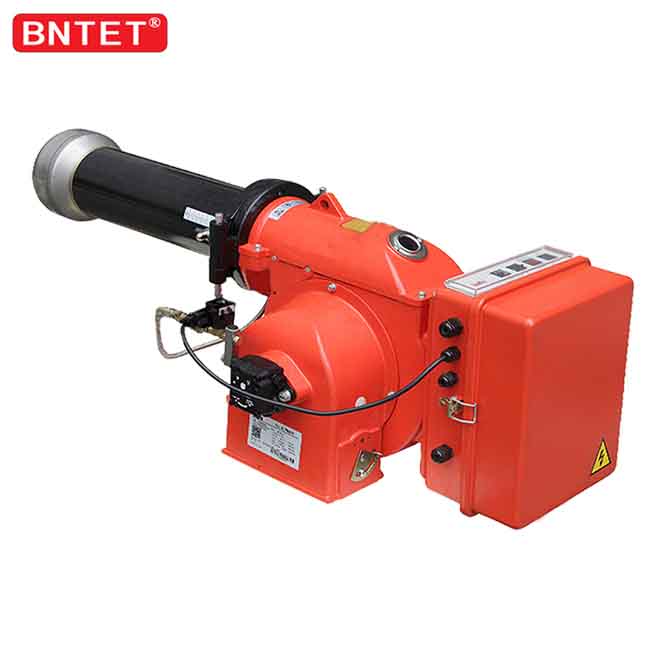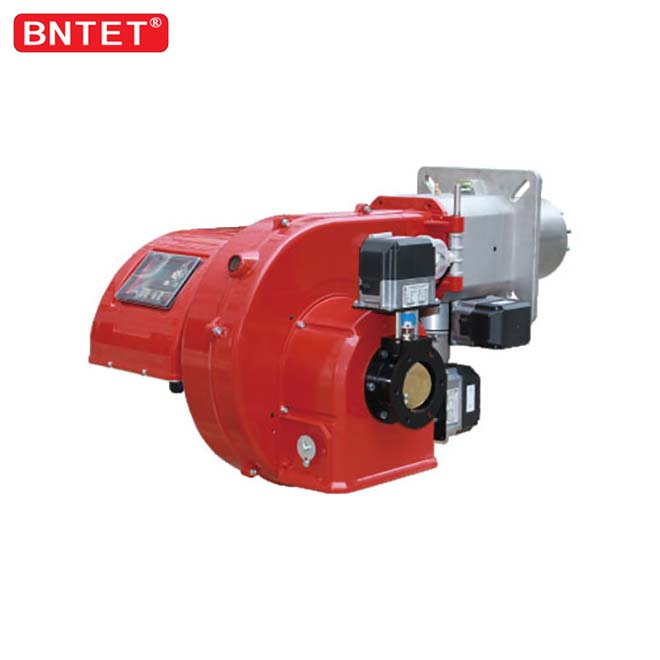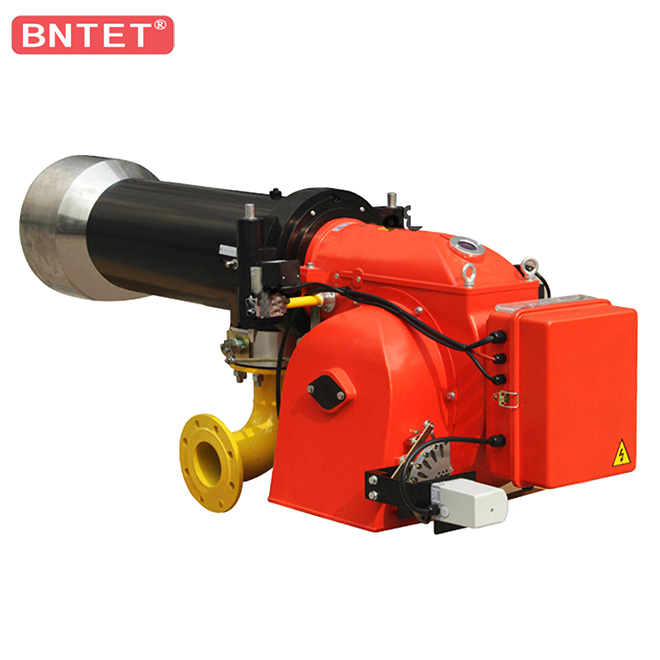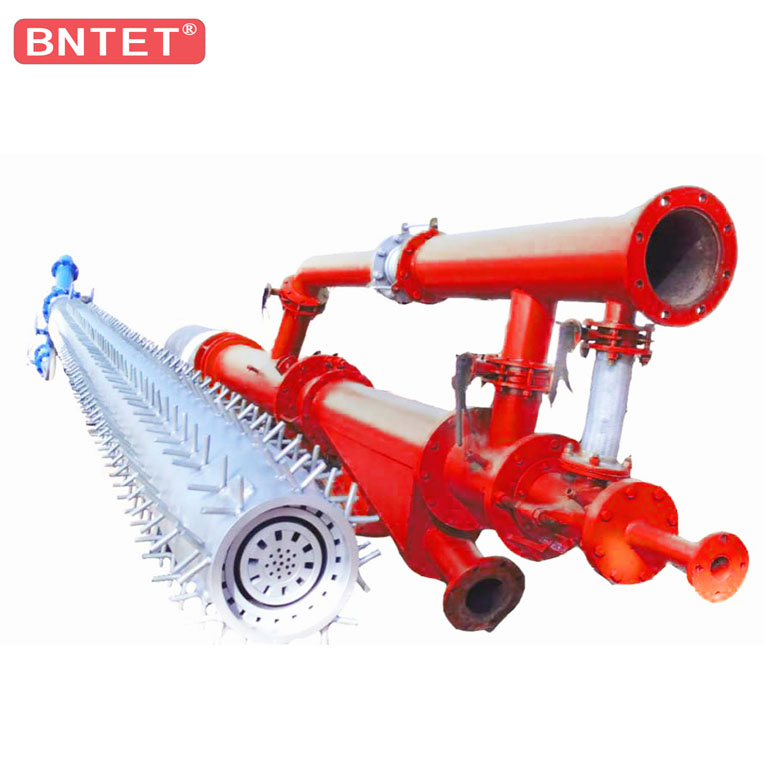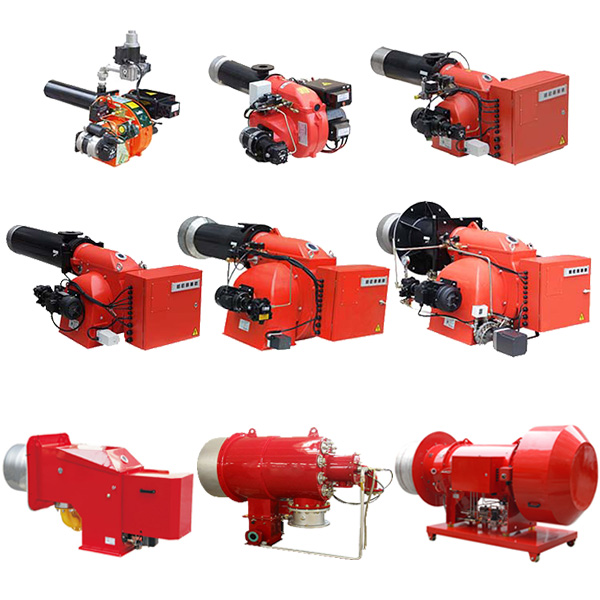
Daily maintenance of oil and gas dual fuel burners:
1. Combustion/atomization air blower-check whether the inlet of the combustion or atomization air blower is equipped with a protective device and whether the working environment meets the requirements. Repair the leakage and damage of the fan shell.
2. Observe the operation of the blades to see if there is too much noise and vibration. If so, adjust the blades to eliminate them. Check the connecting pipe between the air outlet of the fan and the air inlet of the burner to repair possible leaks. For belt-driven blowers, lubricate the bearings and tighten the belt regularly. Determine the rated pressure that the blower can produce, and check the current intensity. Clean and lubricate the air valve connection, adjust the valve to see if it runs smoothly.
3. Main fan-check whether the inlet of the main fan is equipped with protective devices and whether the working environment meets the requirements, and repair the leaks on the fan. Observe the operation of the blades to see if there is too much noise and vibration. If these phenomena are present, adjust the blades to eliminate them. Determine whether the required air pressure is reached, clean and lubricate the connection, and adjust the air valve to see if the operation is smooth.
4. Induction air (exhaust air)-to determine whether the exhaust air valve control works normally and whether the setting is correct. Lubricate the air door connection to see if it runs smoothly. Check the wear of the air damper blades. Ignition device-clean the oil nozzle of the ignition device and confirm whether the spark gap of the ignition electrode is normal. Parts and components-clean the flame detector, determine whether its viewing position is appropriate, and whether it is properly cooled.
5. Coordination of burners and other parts of the system. Burner maintenance procedures include burner debugging. A well-tuned burner will be able to exert higher work efficiency. The portable combustion analyzer can provide accurate information about the working condition of the burner.
